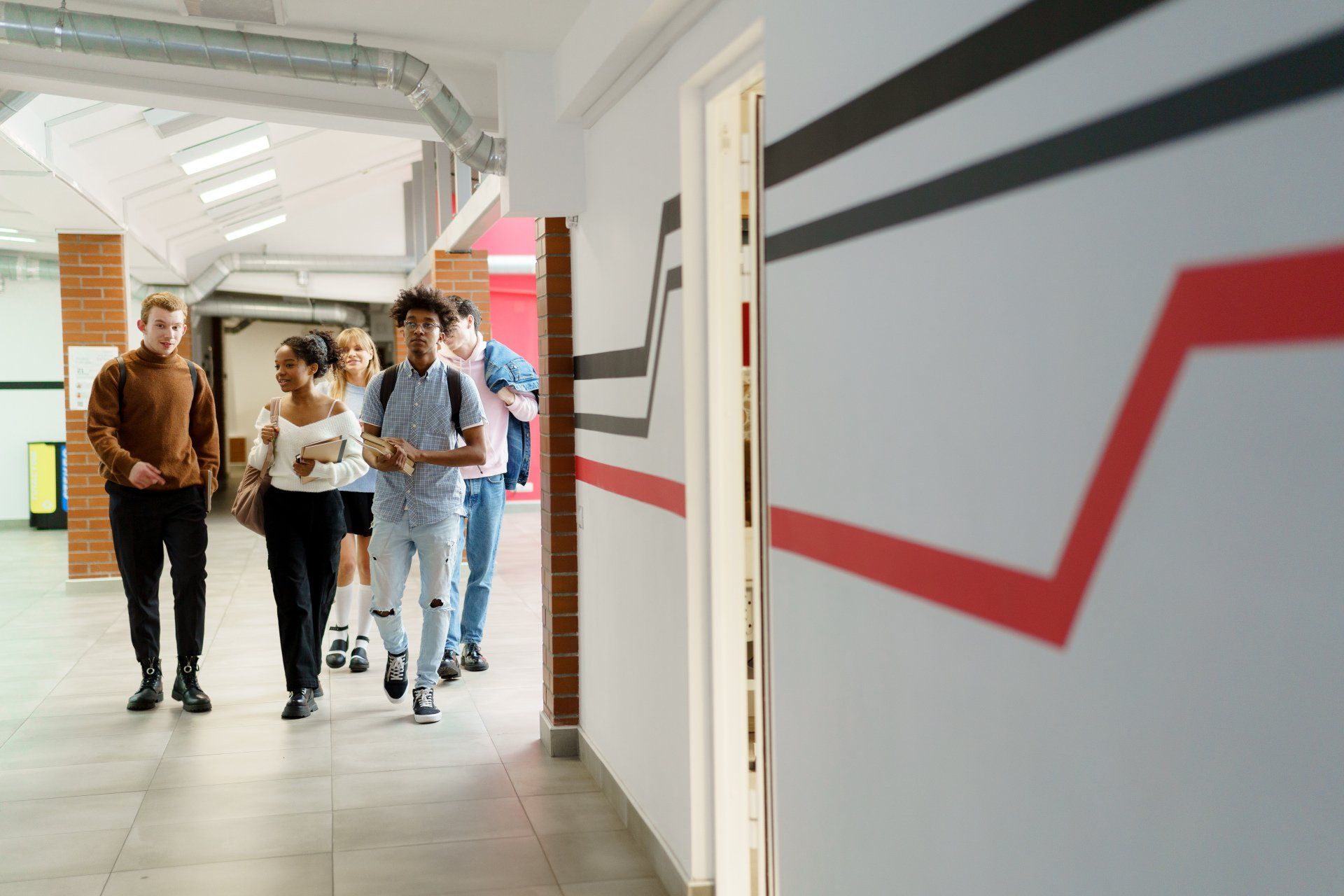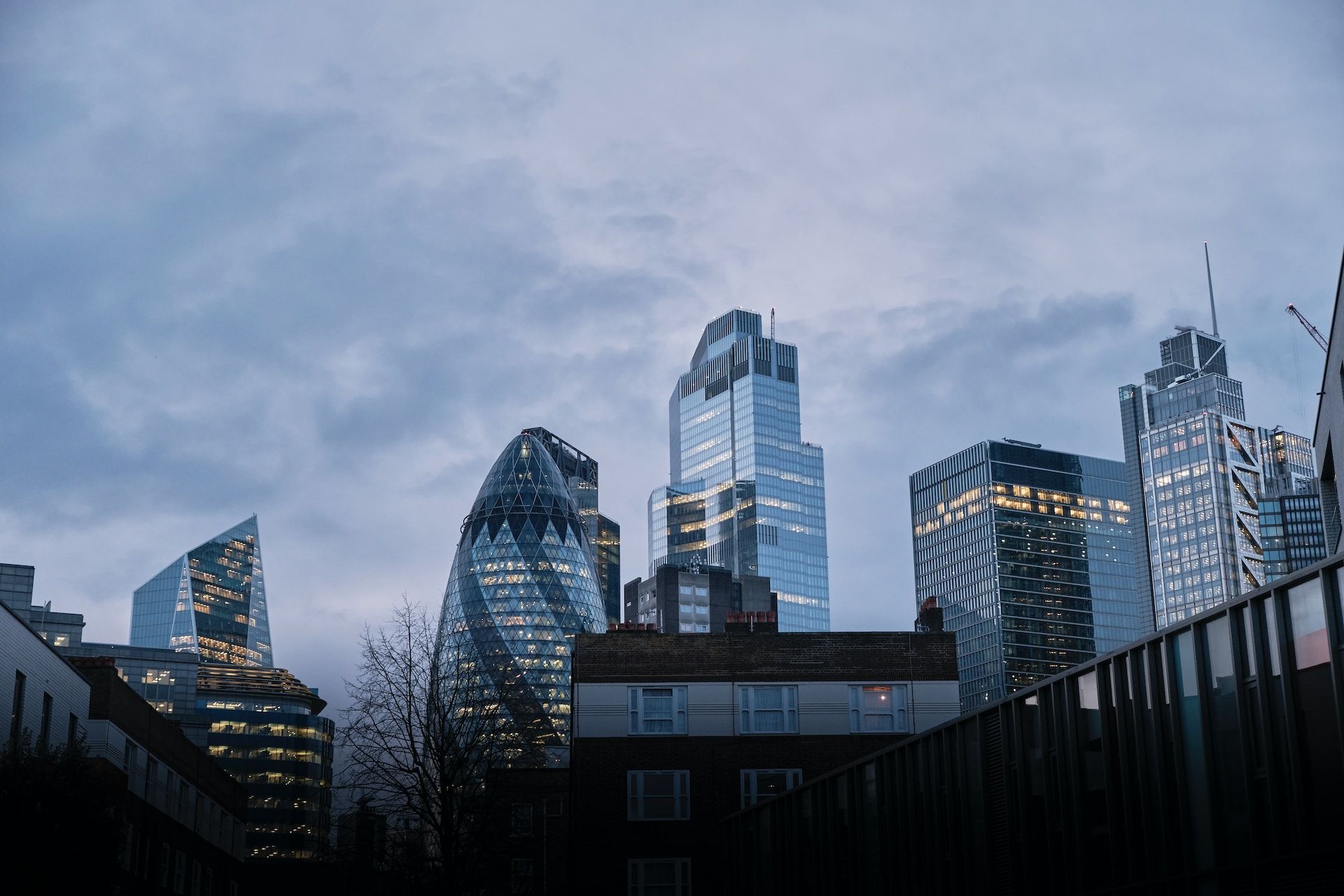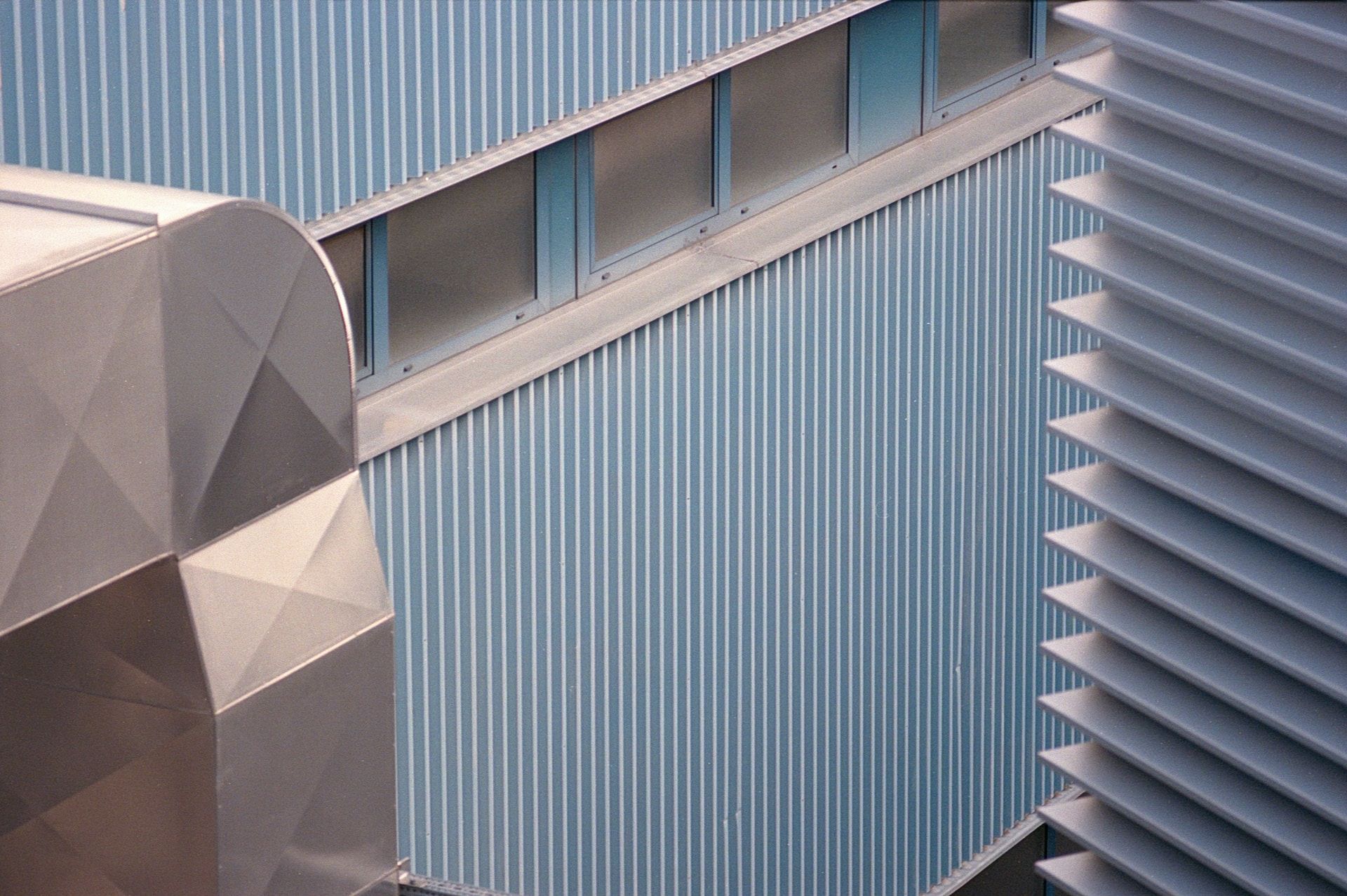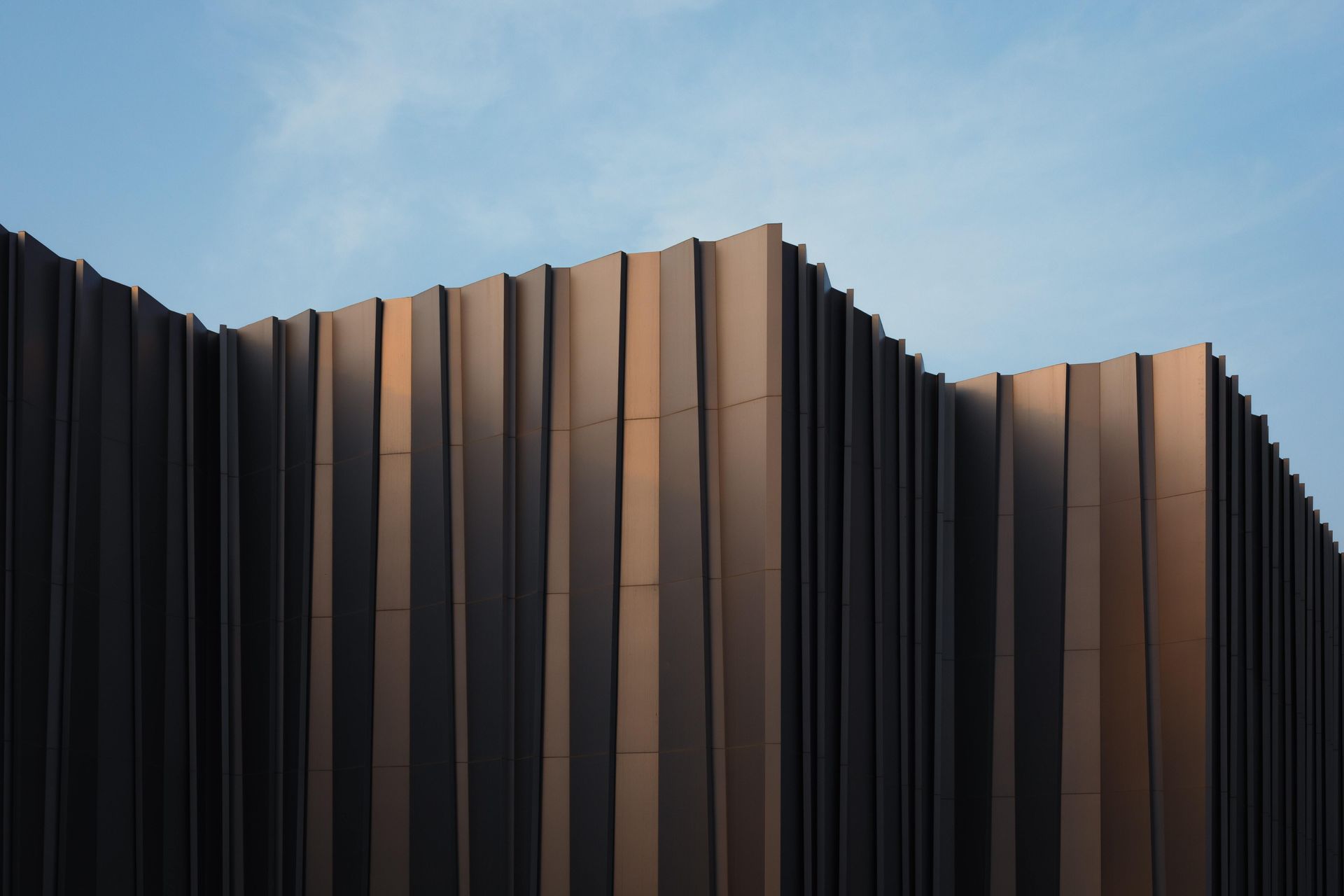Contact Us | Call: 01420 481573 | Email: info@mesh-energy.com
An aging education system, or an opportunity for change?
When we think about the UK’s education system, we tend to think about cheerful local news stories of A-level results, ideological debates over private and state, or even our own memories of school – the good and bad. What we rarely think about is school buildings.
But today, the National Audit Office released a report on the state of the UK's schools and the results are pretty alarming. It found that following years of underinvestment, the overall condition of our school buildings is declining, with around 700,000 pupils learning in a school that the responsible body or DfE believes needs major rebuilding or refurbishment. The report doesn't come as a surprise to anyone familiar with the sector. Another report, published back in 2015, found that 70% of schools were not fit for purpose, whether due to water leaks, asbestos, damp, or faulty heating. And the BBC has today been reporting anecdotes of teachers gaffer taping things together, being embarrassed to show prospective students around the site, and even of parents being hurt by falling cladding.
All of this is hardly surprising given the age of many of the UK's school buildings, and the decades of budget cuts the education system has faced, compounded by a lack of prioritisation on a national and local level. One of the most dramatic acts after the 2010 election was the axing of the Building Schools for the Future programme. The building plans of more than 700 schools, which were being developed as part of a £55bn project to rebuild or refurbish every secondary school in the country, were scrapped with immediate effect, something the then Education Secretary, Michael Gove, has since called his biggest mistake in office.
The energy crisis and sky-high bills
It's not just their impact on health and safety, our aging schools are costing more and more to run due to out of date heating and ventilation systems. When last year’s energy crisis started to take its toll, news stories started proliferating about how schools would cope with rising bills, and in the first quarter of 2022, it was estimated that gas and electricity prices in schools and colleges saw a hike of almost 85%.
Some schools were even considering a hybrid model or on-site/remote teaching but bowed under pressure to stay open full time thanks to the nightmarish recollections of pandemic schooling. The high energy demands aren’t just made worse by the operational restrictions of a school: many UK schools were built at the beginning of the 20th Century, with additional buildings and extensions added across the decades using varying levels of construction quality and architectural integrity. The resultant mismatch of thermal regulation, energy efficiency and even safety levels is a perfect storm of sky-high energy bills.
Consequent problems with overheating, lack of proper ventilation, and exposure to dangerous levels of VOCs compound the negative impacts on the occupants’ health, meaning many schools are hardly the beacon of wellbeing we would like them to be.
The NAO report will be used as evidence in an ongoing parliamentary inquiry into the state of schools, but how likely it is that government policy will change in the current cost of living crisis remains to be seen.
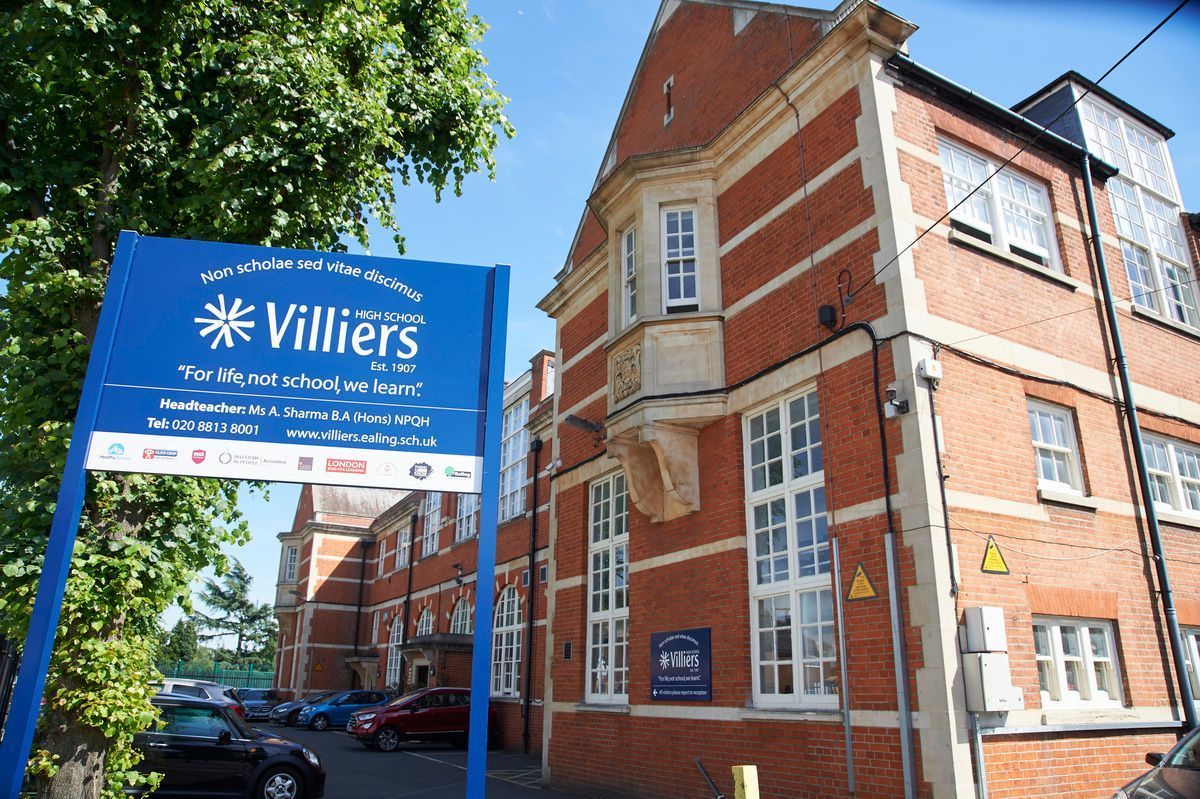
Consultancy services to the education sector
At Mesh, we see a glimmer of hope in the fact that in recent years, we've seen more and more schools from both the state and private sectors approaching us for work – schools that have both the opportunity and inclination to combat the problem of aging buildings head on, before it gets worse.
Whether for support on new buildings like More House School’s sports pavilion, retrofitting old ones like
Rugby’s 19th Century boarding house, or for a full-site overhaul like
Villiers High School in Southall.
Villiers High School in particular shows the kind of forward-thinking attitude that is so necessary to save schools from their fate. We were initially brought on to undertake a post-occupancy energy review and to advise on a potential renewable approach to on-site energy generation. Like many schools VHS is a mixture of 20th Century civic architecture and 60s and 80s additions.
We built a whole site digital twin to map historical energy usage against the thermal efficiencies of the various buildings, with the aim of identifying areas for where the greatest difference could be made.
We were then asked to review and refine a range of renewable heating and hot water solutions and to simplify the various options to help the school understand the practical feasibility, key economic considerations, and long-term benefits of a final system strategy. Our report suggested that installing a bivalent ground source heat pump with bore holes could offer a viable renewable alternative for the current gas boilers, which is something the school have since asked for support on for their Stage 4 planning application.
The project has been a real joy to work on. It’s ambitious clients who take a long-term view that recognises the cost of not acting who make our job worthwhile. Being able to work for clients like schools who are so important within society, makes it even more satisfying.
If you’re interested in learning more about our work and what services we offer, don’t hesitate to get in touch!

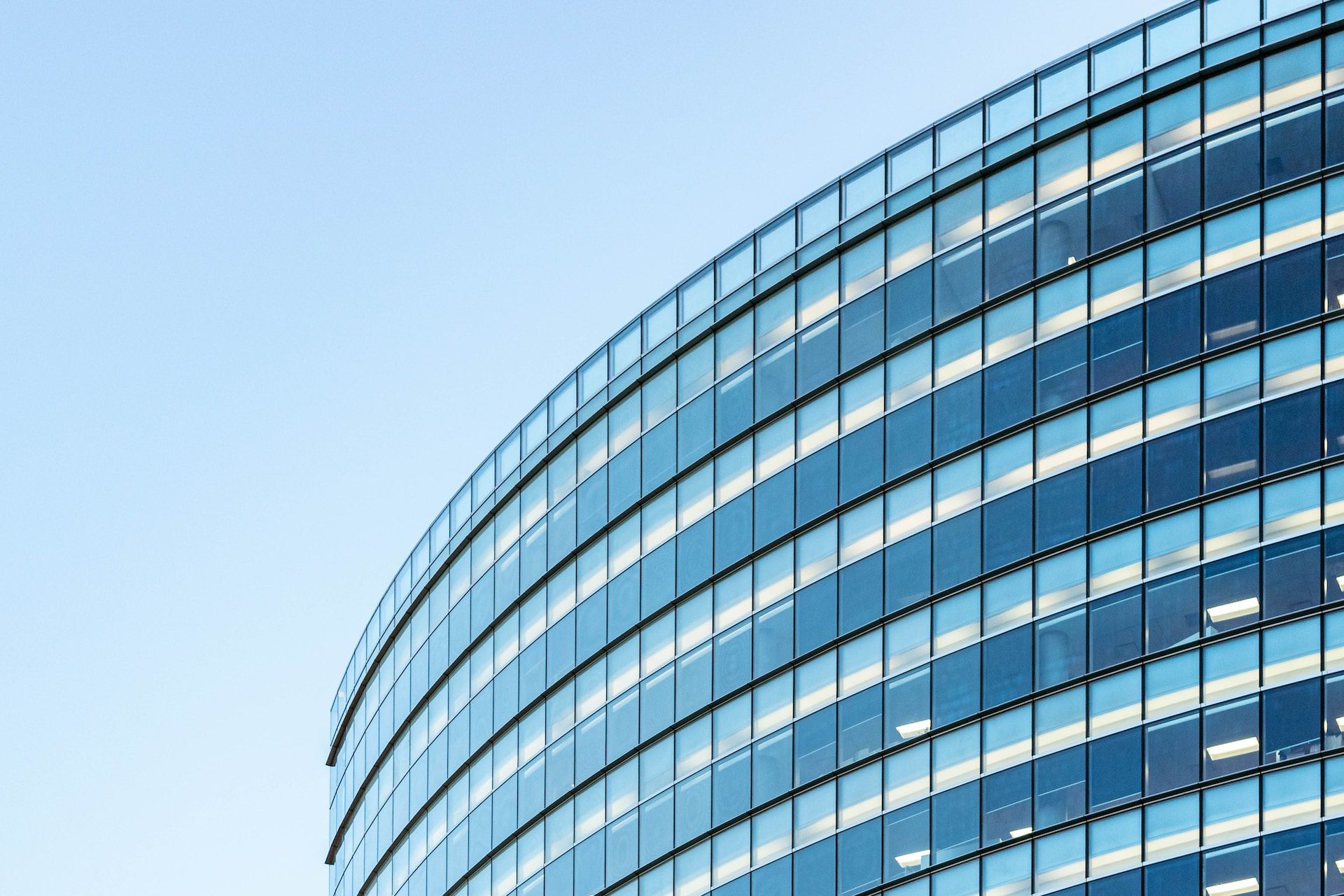


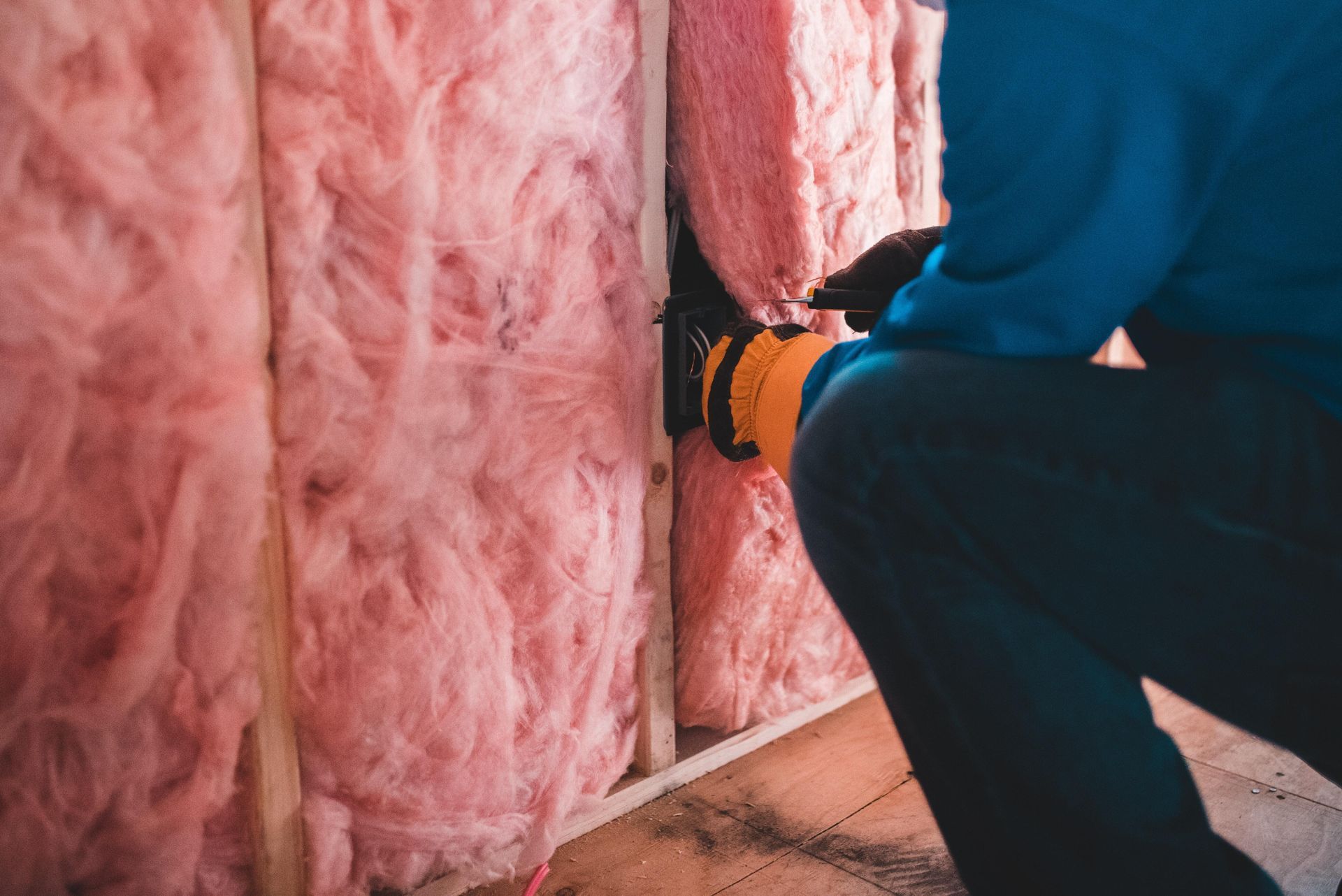
Subsribe to memo from mesh
Thank you for subscribing to the Mesh newsletter. Keep an eye out for our value-packed emails landing in your inbox!
Please try again later
RIGHT FIRST TIME BOOK
Order your copy today
DOWNLOAD THE HEAT PUMP HERO APP
Calculate your savings and source accredited installers today
Address: Cambridge House, 8 East Street, Farnham, England, GU9 7RX |
Tel: 01420 481573 |
Email: info@mesh-energy.com
Company No. 09524252 •
Privacy Policy


